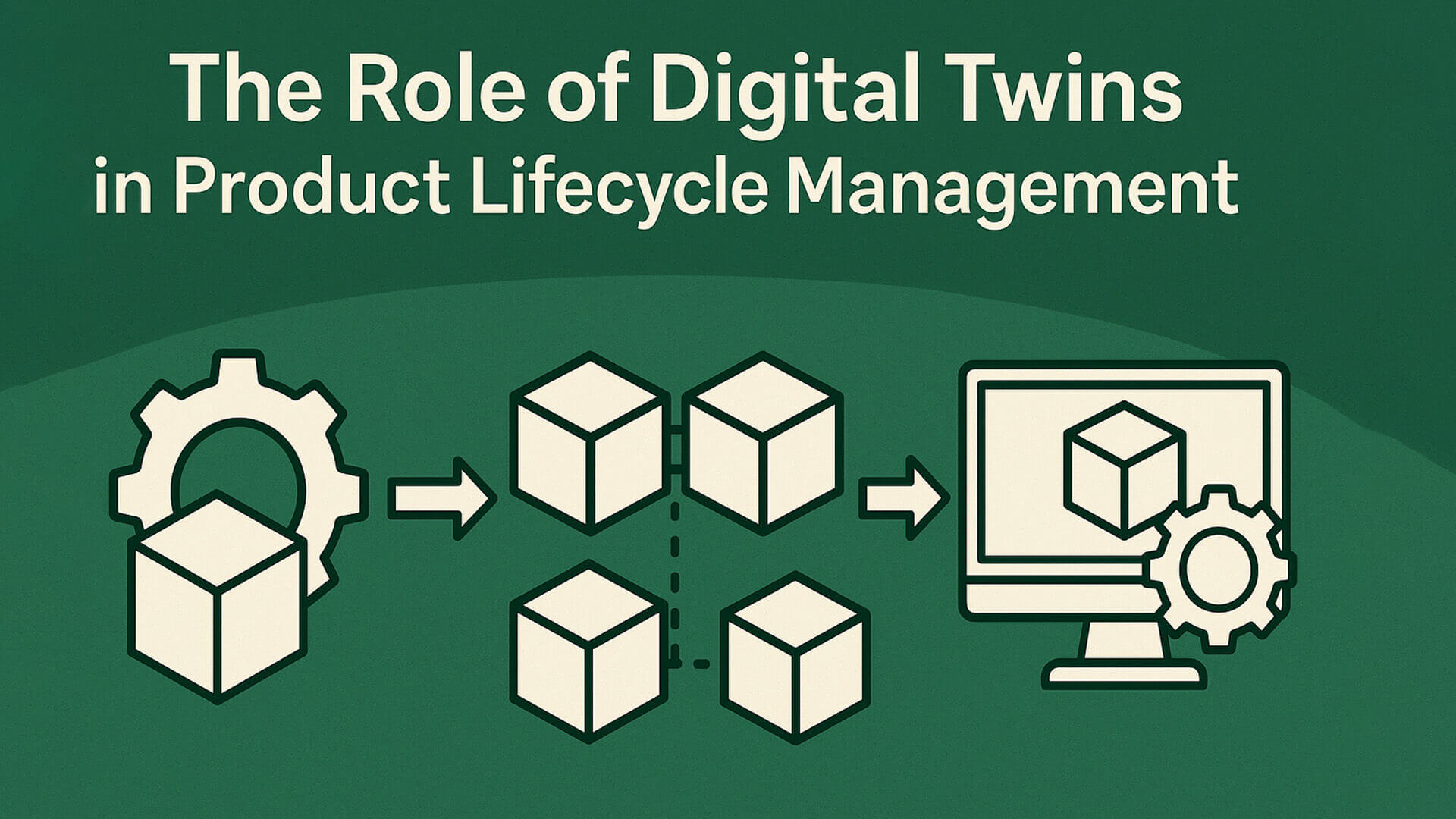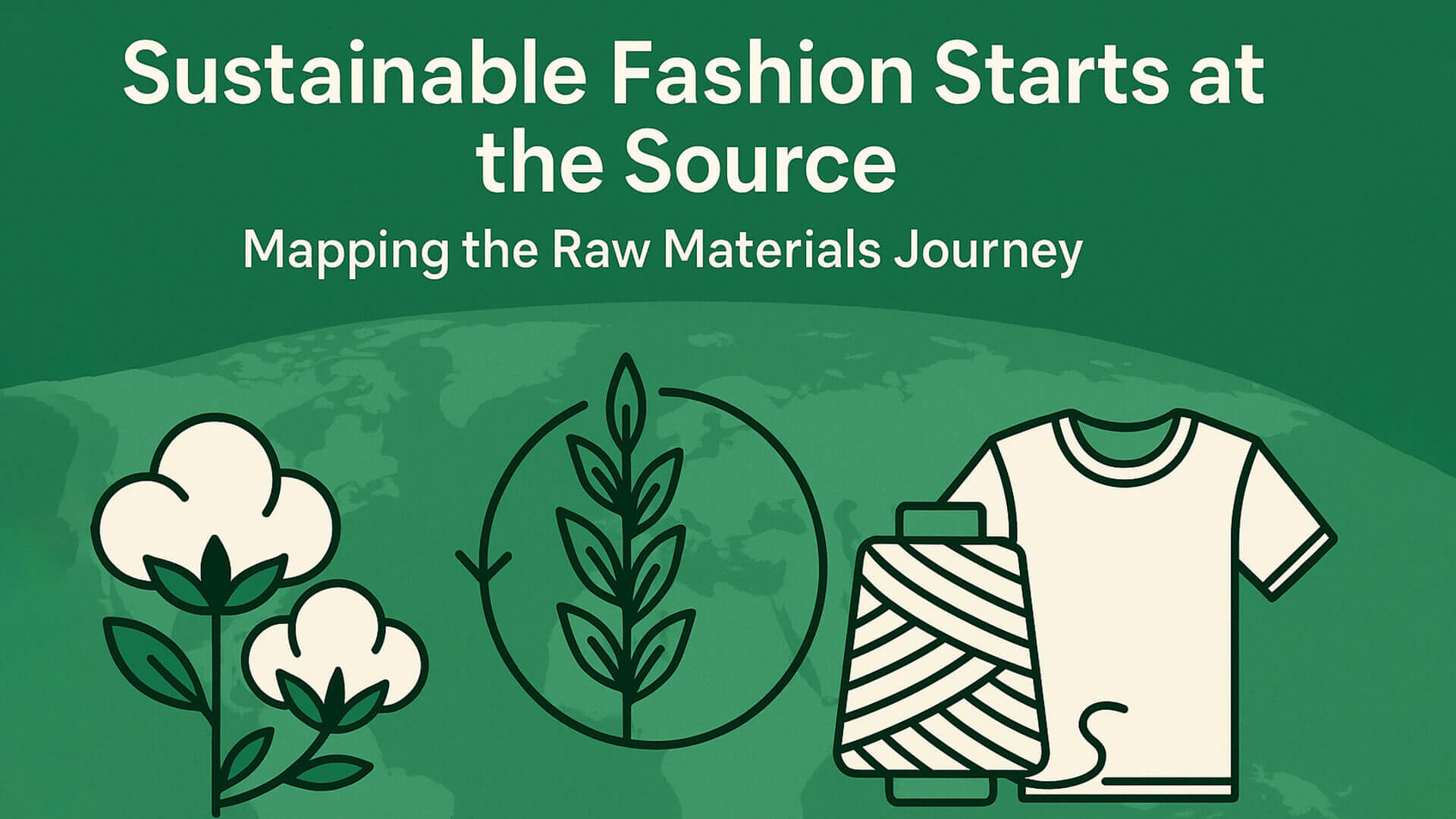- info@greenthreadsdpp.com
- Southampton, United Kingdom
The Role of Embodied Carbon in Sustainable Product Design.

In today's world, where environmental sustainability is paramount, understanding the concept of embodied carbon has become increasingly important for designers, manufacturers, and consumers alike. As we strive to reduce our carbon footprints, the focus has shifted from operational emissions to the entire lifecycle of products. This blog post delves into the role of embodied carbon in sustainable product design, exploring its implications, measurement methods, and strategies for effective carbon management.
What is Embodied Carbon?
Embodied carbon refers to the total greenhouse gas emissions (measured in CO2 equivalent) produced during the entire lifecycle of a product, excluding its operational emissions during use. This includes emissions from raw material extraction, manufacturing processes, transportation, and end-of-life disposal. In essence, embodied carbon encapsulates the environmental impact of a product from cradle to grave.
Why is Embodied Carbon Important?
-
Holistic Perspective: Focusing solely on operational emissions overlooks a significant portion of a product's environmental impact. By considering embodied carbon, designers can adopt a more comprehensive approach to sustainability.
-
Regulatory Pressures: As governments and organisations implement stricter regulations on emissions, understanding embodied carbon is crucial for compliance and market competitiveness.
-
Consumer Demand: Today’s consumers are increasingly aware of the environmental implications of their purchases. Transparency regarding a product’s carbon footprint can influence buying decisions.
The Role of Embodied Carbon in Product Design
1. Influencing Material Selection
The choice of materials significantly impacts the embodied carbon of a product. Designers must consider the carbon intensity of various materials, including:
-
Sustainable Alternatives: Opting for renewable or recycled materials can significantly reduce embodied carbon. For instance, using bamboo or reclaimed wood instead of traditional hardwood can lessen environmental impact.
-
Local Sourcing: Selecting locally sourced materials reduces transportation emissions, which contribute to a product's overall carbon footprint.
2. Design for Disassembly
Designing products for easy disassembly can facilitate recycling and reduce waste. By considering the end-of-life stage during the design phase, manufacturers can lower embodied carbon by enabling more efficient material recovery.
3. Energy-Efficient Manufacturing Processes
The manufacturing phase is a critical contributor to embodied carbon. Sustainable product design must incorporate energy-efficient manufacturing processes, such as:
-
Minimising Energy Use: Implementing technologies that reduce energy consumption during production can lower emissions.
-
Utilising Renewable Energy: Factories powered by renewable energy sources produce less embodied carbon compared to those reliant on fossil fuels.
Measuring Embodied Carbon
To effectively manage and reduce embodied carbon, accurate measurement is essential. Various tools and methodologies can assist in this process:
1. Life Cycle Assessment (LCA)
LCA is a systematic approach for evaluating the environmental impacts associated with all stages of a product's life. It provides a comprehensive view of embodied carbon, helping designers make informed decisions.
2. Carbon Footprint Calculators
Several online tools and calculators allow manufacturers to estimate the embodied carbon of their products. These tools can facilitate quick assessments and comparisons between different design options.
3. Industry Standards and Protocols
Standards such as ISO 14067 and the Product Carbon Footprint (PCF) framework provide guidelines for measuring and reporting embodied carbon, ensuring consistency and reliability across industries.
Strategies for Reducing Embodied Carbon
Reducing embodied carbon in sustainable product design requires a multifaceted approach:
1. Emphasising Circular Design Principles
Circular design aims to create products that maintain value within the economy and reduce waste. Strategies include:
-
Designing for Longevity: Products designed to last longer contribute to lower embodied carbon by reducing the frequency of replacements.
-
Promoting Repairability: Facilitating repairs through accessible parts and clear instructions can extend product life and reduce overall emissions.
2. Implementing Carbon Offset Programs
While it’s essential to reduce embodied carbon as much as possible, organisations can also consider offsetting remaining emissions through certified carbon offset programs. This can involve investing in reforestation projects or renewable energy initiatives.
3. Engaging Stakeholders
Collaboration among stakeholders, including suppliers, manufacturers, and consumers, is vital for addressing embodied carbon. By fostering open communication and sharing best practices, organisations can collectively work towards sustainability goals.
Case Studies in Sustainable Product Design
1. Case Study: Furniture Design
A furniture company that prioritises sustainable materials and processes can significantly reduce its embodied carbon. By using reclaimed wood, sustainable upholstery, and eco-friendly finishes, they can appeal to environmentally conscious consumers while minimizing their carbon footprint.
2. Case Study: Apparel Industry
Brands that incorporate circular design principles into their clothing lines can drastically lower embodied carbon. For example, a clothing manufacturer that focuses on durable fabrics, modular designs, and take-back schemes can encourage recycling and reduce waste.
The Future of Embodied Carbon in Product Design
As sustainability becomes a driving force in the market, the emphasis on embodied carbon is expected to grow. Key trends that may shape the future include:
-
Advancements in Technology: Innovations in materials science and manufacturing technologies will likely lead to the development of low-carbon alternatives.
-
Increased Regulatory Frameworks: As governments impose stricter emissions regulations, the demand for transparent carbon accounting will rise.
-
Consumer Advocacy: As awareness of climate change grows, consumers will increasingly seek products with verified low embodied carbon footprints.
Conclusion
Understanding the role of embodied carbon in sustainable product design is essential for creating environmentally responsible products. By prioritising material selection, energy-efficient manufacturing, and circular design principles, designers can significantly reduce the carbon impact of their products. As we move towards a more sustainable future, addressing embodied carbon will be a key element in meeting regulatory demands, satisfying consumer expectations, and preserving our planet for future generations.





